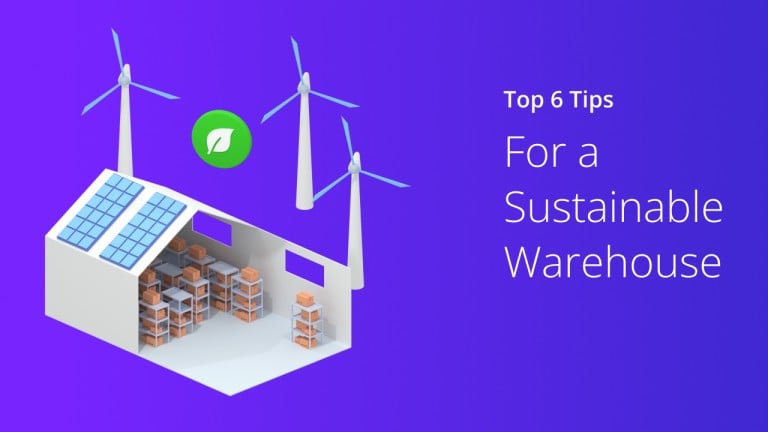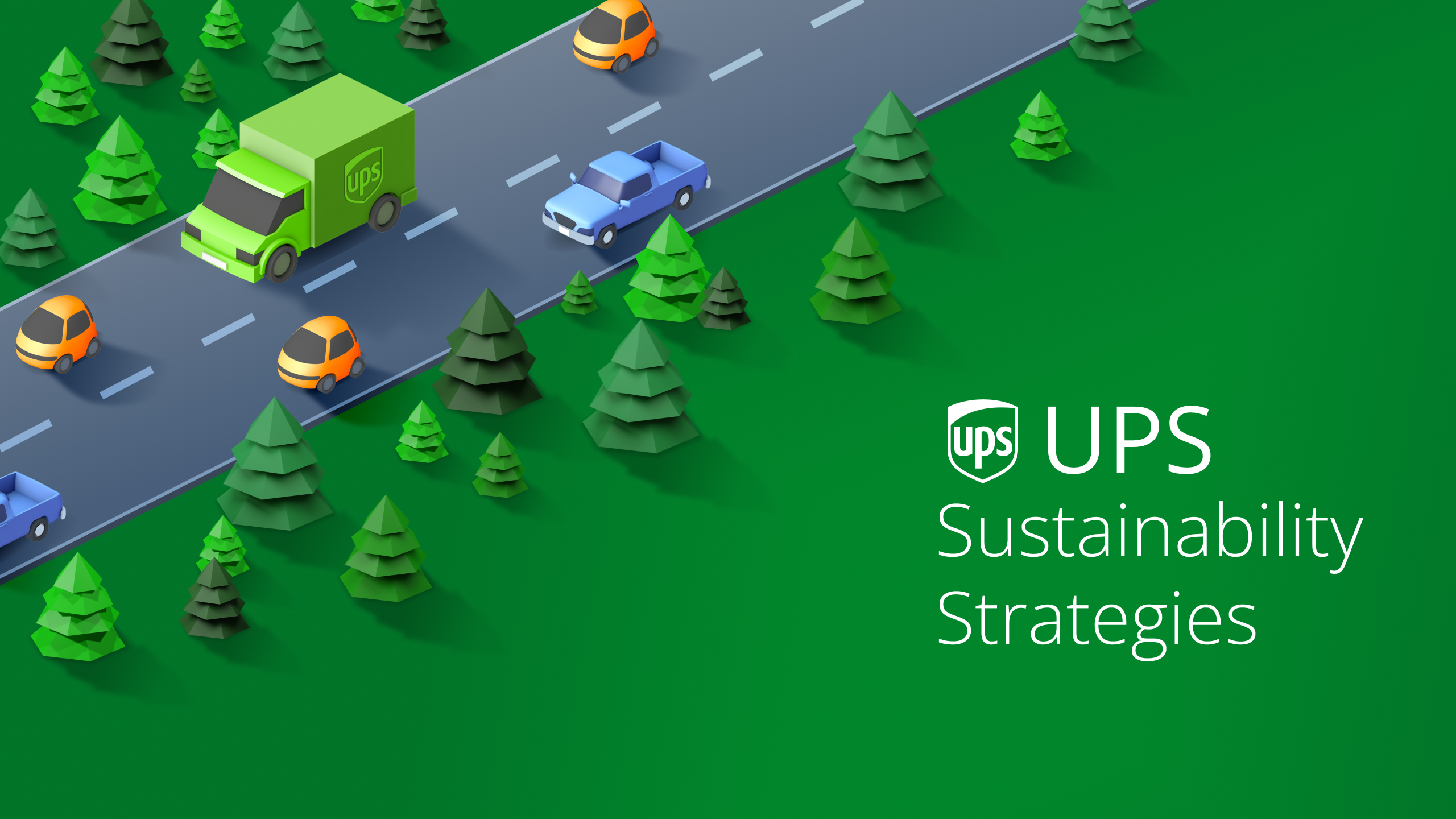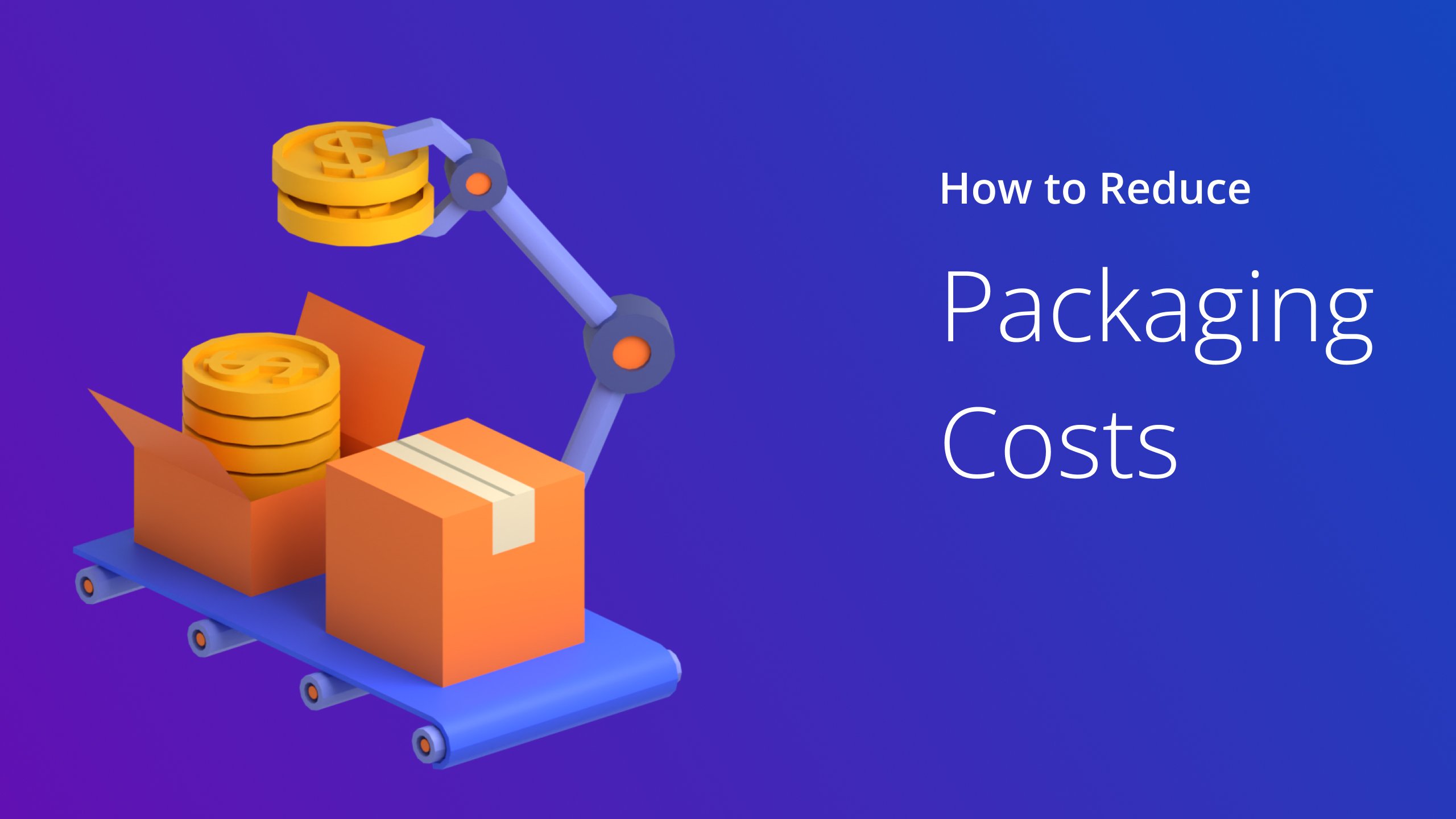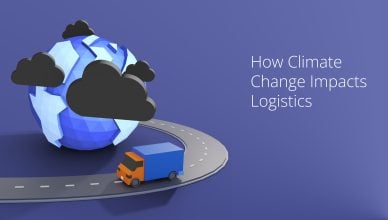The warehousing and storage market is growing.
According to a report by Mordor Intelligence, it will be a whopping $963.74 billion industry by 2028, growing at a CAGR of 6.8%.
But as more warehouses are built, so do their carbon emissions.
According to a Science Direct research report, warehousing activities account for around 11% of the logistics sector’s total greenhouse gas emissions (GHG).
So, sustainable warehousing is the need of the hour. This will save the planet, save you money, and make your business more attractive to environmentally conscious customers.
But how do you go green?
Below, we outline simple and affordable ways to reduce your carbon footprint.
Table of Contents
6 Strategies for Green Warehousing
1. Optimize Routes
Optimize routes to reduce individual shipment movement. This lowers emissions and environmental impact.
You can’t plan the best routes manually with pen and paper or spreadsheets as they are flawed and inefficient. You need to use a route planner like Route4Me to plan well-optimized multi-stop routes.
The software considers weather, traffic, distance, load, weight, height, roadblocks, and other constraints to route the orders to the nearest fulfillment center.
This speeds up delivery and reduces travel distance and fuel consumption, which means less emissions and transportation costs.
Big logistics companies like UPS and FedEx use route optimization software to plan fuel-efficient routes.
Plus, fewer trips and shorter distances mean less vehicle wear and tear. This means less need for frequent vehicle maintenance and less environmental impact from producing and disposing of vehicle parts.
Route4Me’s delivery route optimization software even lets you re-optimize routes for last-minute changes. Furthermore, the route optimizer software has a built-in commercial GPS tracker so you can see where your vehicles are on the road in real-time.
Therefore, if any of your drivers drive aggressively (which can reduce gas mileage by up to 40%!), you can take action immediately to correct the driver’s behavior.
Route4Me doesn’t just plan delivery routes. It can also optimize pick and pack routes to reduce the number of employee runs within the warehouse to locate orders and improve efficiency.
Want To See For Yourself How Route4Me Can Help Make Your Warehouse Sustainable?

2. Make Your Warehouse Energy Efficient
Make your warehouse energy-efficient by using less energy to do the same job. This is good for your pocket and the environment, too.
Here are some simple ways you can boost energy efficiency in the warehouse:
- Install solar panels on the warehouse’s roof to capture and use solar energy to power the lights and machines inside.
- Set up motion sensors for lights to avoid wasting energy when lighting up empty spaces.
- Use smart thermostats and sensors to adjust warehouse temperatures based on occupancy and outside weather conditions.
- Use energy-efficient equipment such as automated sorting systems or electric forklifts.
- Switch to LED lights. They use less energy than regular bulbs and emit less heat, keeping the warehouse cool.
3. Optimize Inventory Management
Optimize inventory management to reduce waste and make your warehouse eco-friendly.
Use tools like barcodes and RFID to track inventory levels, reduce mistakes, and make quick data-driven decisions.
Adopt innovative inventory management practices such as just-in-time inventory and cross-docking to streamline operations and minimize waste.
Just-in-time means getting goods only when you need them to reduce unnecessary storage and associated costs.
Cross-docking means unloading incoming goods from a supplier and loading them onto outgoing delivery vehicles. So you can save warehouse space, labor, and storage expenses.
Route4Me’s last-mile platform makes cross-docking efficient. It plans the best routes to quickly transport items from different warehouses or vendors to one distribution center.
Once the items are assembled into mixed pallets, the software plans the most efficient multi-stop routes to deliver the final pallets to the end customers, assembly lines, or anywhere you can find on the map.
Learn in detail how Route4Me can help with cross-docking and transloading route optimization.
4. Use Sustainable Packaging
Plastics are not good for the environment, and plastic-based packaging is not recyclable and is ideal for single use only. Instead, invest in eco-friendly packaging to reduce your carbon footprint.
Many companies worldwide, such as Dell, Ritual, and T-Shirt Mill, have already gone green with their packaging.
Here’s how you can make your packaging sustainable:
- Use biodegradable materials such as paper or plant-based plastics that break down naturally. This reduces the amount of long-lasting waste in landfills.
- Make packages that fit products perfectly. This helps use fewer materials and efficiently utilize shipping space, which means fewer delivery vehicles and fewer emissions.
- Use recycled materials to reduce the need for new resources and keep waste out of landfills.
- Keep packaging simple and minimal to avoid using unnecessary materials.
5. Train Your Team on Sustainability
Training your team on sustainability can make a big difference to your warehouse.
When everyone on your team knows the importance and the best practices of sustainable habits, your warehouse operations automatically become green.
This benefits the environment and can also save you costs, improve efficiency, and your business reputation.
Start with an awareness session about sustainability in the warehouse, such as how their actions can impact the environment.
You can teach your team energy-saving techniques, such as turning off lights and equipment when not in use.
Train them on proper recycling, minimizing waste, and finding ways to reuse packaging and other materials.
Also, you must educate them about using the right amount of materials for packaging or optimizing storage space to reduce the need for additional infrastructure.
6. Improve Water Efficiency
Water efficiency is crucial in areas with water scarcity. Water conversation has many benefits.
Water efficiency reduces the amount of wastewater generated by your warehouse. This means less pressure on sewage systems and wastewater treatment plants, which can help protect local water quality.
You can also reduce the energy needed to pump and lower your electricity bills.
Here are some best practices to start conserving water:
- Regularly check for and fix leaks in your plumbing systems. Even small leaks can waste a lot of water over time.
- Educate your team on water efficiency and encourage them to adopt water-saving habits.
- Go for rainwater harvesting to collect rainwater for operational use and reduce dependence on local water sources.
- Reuse water for cleaning and other processes to reduce overall consumption.
- Install low-flow fixtures to reduce water wastage.
Frequently Asked Questions (FAQs) about Green Warehousing
What is a sustainable warehouse?
What are the key components of green warehousing?
How does sustainable building design contribute to green warehousing?
What are the environmental benefits of green warehousing?
What is green logistics with example?
Final Thoughts about Sustainable Warehouse
You can make your warehouse sustainable by adopting energy-saving practices, such as using LED lights or installing solar panels, reducing waste, and using eco-friendly materials.
Another important part of sustainable warehousing is a multi-stop route planner app like Route4Me. It helps plan the best delivery routes, save fuel, and reduce emissions.
Try Route4Me for get started and see how it can make your warehouse and delivery operations sustainable and profitable.
Want To See For Yourself How Route4Me Can Help Make Your Warehouse Sustainable?






